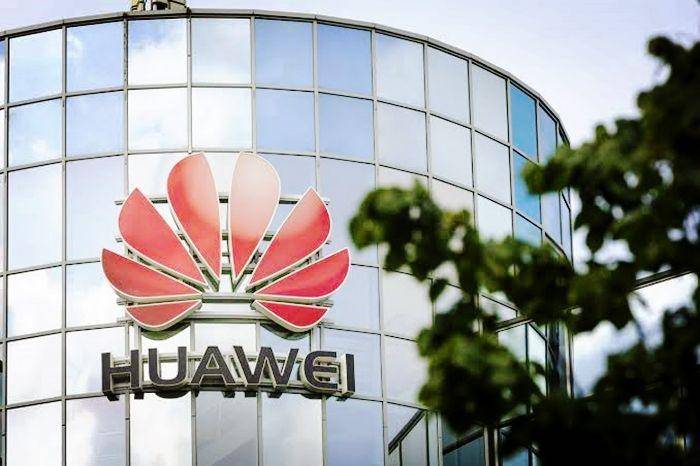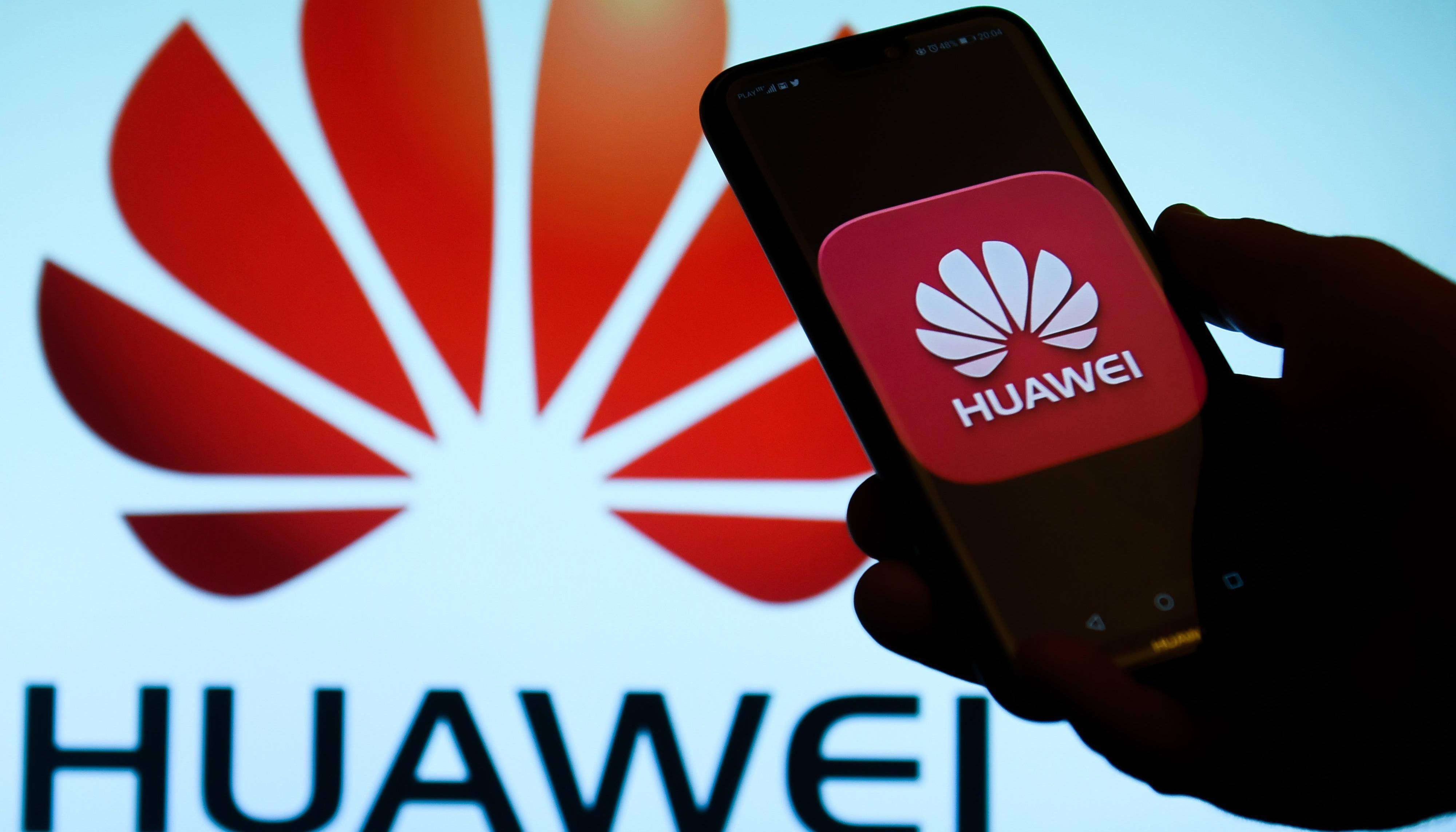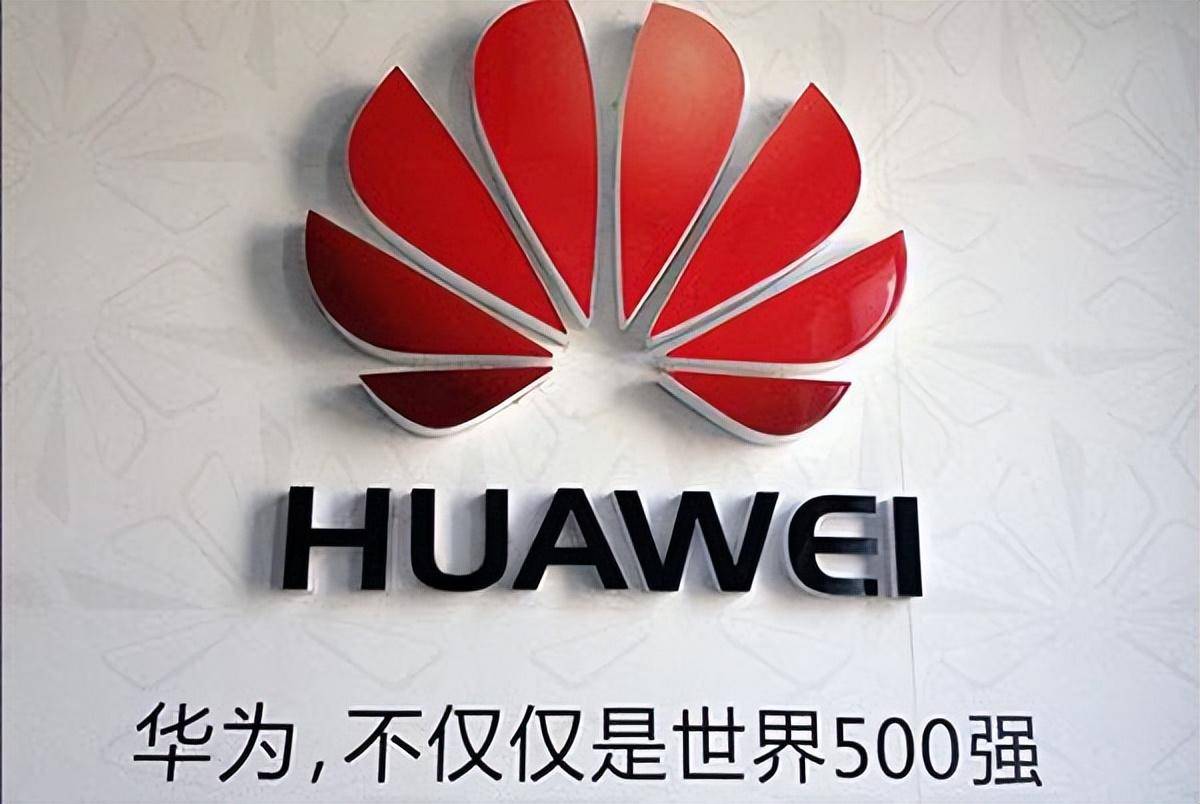 Technology peripherals
Technology peripherals
 AI
AI
 Huawei's 4G 5G communications Internet of Things charging standards are announced, with years of research and development results and a ten-year cost of nearly one trillion
Huawei's 4G 5G communications Internet of Things charging standards are announced, with years of research and development results and a ten-year cost of nearly one trillion
Huawei's 4G 5G communications Internet of Things charging standards are announced, with years of research and development results and a ten-year cost of nearly one trillion
Huawei has announced the patent charging standards for 4G\5G\WIFI6\Internet of Things in the past two days, which has triggered heated discussions. Huawei's standards are as follows:
[Charging standards] are as follows:
4G mobile phone license fee limit: US$1.5 per unit
5G mobile phone license fee limit: US$2.5 per unit
Wi-Fi 6 consumer device license fee cap: $0.50 per device
Internet of Things technology-based equipment license rate: 1% of the net selling price
Device licensing rates for enhanced connectivity through the Internet of Things: $0.3–$1 per device
Huawei's standard is still lower than international standards, because for patents in the same field, the patent license fee for Ericsson's 5G mobile phone is a maximum of 5 US dollars per unit, the patent license fee for Nokia's 5G mobile phone is 3 euros, and the patent license fee for Qualcomm's 5G multi-mode mobile phone The license fee ranges from 3.25% to 5% of the phone price.

Huawei stated that it attaches great importance to the protection of its own intellectual property rights and opposes excessive patent fees. Huawei also charged patent license fees from 30 Japanese companies a while ago, mainly involving fields such as wireless communication technology and automobile networking, as well as previous Japan's Suzuki Motor Corporation has obtained a 4G technology patent license for automotive networking from Huawei, and several major companies have reached patent licensing cooperation with Huawei.

Huawei has signed nearly 200 bilateral licensing agreements as of 2022, and its patent licensing revenue in 2022 will reach US$560 million. Huawei holds a total of more than 120,000 valid authorized patents around the world, and 29 companies have signed bilateral agreements with Huawei and paid to obtain Huawei's patent licenses. They come from China, the United States, Europe, Japan, South Korea and other regions, and their standard essential patents are 6,500 The remaining items account for 14% globally, ranking first. Moreover, Huawei ranks first with 14.0% of global 5G patents.

Huawei’s many R&D patents are also the result of years of hard work. Huawei’s R&D has always been at the forefront of the world. In 2022, its R&D investment will reach 161.5 billion yuan, accounting for 25.1% of the annual revenue. The cumulative R&D expenses in the past ten years have exceeded 977.3 billion. In RMB, Huawei has a total number of employees of approximately 207,000 and R&D employees of approximately 114,000, accounting for approximately 55.4% of the total number of employees. Let’s look forward to better performance and more patents from Huawei.
The above is the detailed content of Huawei's 4G 5G communications Internet of Things charging standards are announced, with years of research and development results and a ten-year cost of nearly one trillion. For more information, please follow other related articles on the PHP Chinese website!

Hot AI Tools

Undresser.AI Undress
AI-powered app for creating realistic nude photos

AI Clothes Remover
Online AI tool for removing clothes from photos.

Undress AI Tool
Undress images for free

Clothoff.io
AI clothes remover

Video Face Swap
Swap faces in any video effortlessly with our completely free AI face swap tool!

Hot Article

Hot Tools

Notepad++7.3.1
Easy-to-use and free code editor

SublimeText3 Chinese version
Chinese version, very easy to use

Zend Studio 13.0.1
Powerful PHP integrated development environment

Dreamweaver CS6
Visual web development tools

SublimeText3 Mac version
God-level code editing software (SublimeText3)

Hot Topics
 1663
1663
 14
14
 1420
1420
 52
52
 1313
1313
 25
25
 1266
1266
 29
29
 1239
1239
 24
24
 Getting Started With Meta Llama 3.2 - Analytics Vidhya
Apr 11, 2025 pm 12:04 PM
Getting Started With Meta Llama 3.2 - Analytics Vidhya
Apr 11, 2025 pm 12:04 PM
Meta's Llama 3.2: A Leap Forward in Multimodal and Mobile AI Meta recently unveiled Llama 3.2, a significant advancement in AI featuring powerful vision capabilities and lightweight text models optimized for mobile devices. Building on the success o
 10 Generative AI Coding Extensions in VS Code You Must Explore
Apr 13, 2025 am 01:14 AM
10 Generative AI Coding Extensions in VS Code You Must Explore
Apr 13, 2025 am 01:14 AM
Hey there, Coding ninja! What coding-related tasks do you have planned for the day? Before you dive further into this blog, I want you to think about all your coding-related woes—better list those down. Done? – Let’
 AV Bytes: Meta's Llama 3.2, Google's Gemini 1.5, and More
Apr 11, 2025 pm 12:01 PM
AV Bytes: Meta's Llama 3.2, Google's Gemini 1.5, and More
Apr 11, 2025 pm 12:01 PM
This week's AI landscape: A whirlwind of advancements, ethical considerations, and regulatory debates. Major players like OpenAI, Google, Meta, and Microsoft have unleashed a torrent of updates, from groundbreaking new models to crucial shifts in le
 Selling AI Strategy To Employees: Shopify CEO's Manifesto
Apr 10, 2025 am 11:19 AM
Selling AI Strategy To Employees: Shopify CEO's Manifesto
Apr 10, 2025 am 11:19 AM
Shopify CEO Tobi Lütke's recent memo boldly declares AI proficiency a fundamental expectation for every employee, marking a significant cultural shift within the company. This isn't a fleeting trend; it's a new operational paradigm integrated into p
 GPT-4o vs OpenAI o1: Is the New OpenAI Model Worth the Hype?
Apr 13, 2025 am 10:18 AM
GPT-4o vs OpenAI o1: Is the New OpenAI Model Worth the Hype?
Apr 13, 2025 am 10:18 AM
Introduction OpenAI has released its new model based on the much-anticipated “strawberry” architecture. This innovative model, known as o1, enhances reasoning capabilities, allowing it to think through problems mor
 A Comprehensive Guide to Vision Language Models (VLMs)
Apr 12, 2025 am 11:58 AM
A Comprehensive Guide to Vision Language Models (VLMs)
Apr 12, 2025 am 11:58 AM
Introduction Imagine walking through an art gallery, surrounded by vivid paintings and sculptures. Now, what if you could ask each piece a question and get a meaningful answer? You might ask, “What story are you telling?
 Newest Annual Compilation Of The Best Prompt Engineering Techniques
Apr 10, 2025 am 11:22 AM
Newest Annual Compilation Of The Best Prompt Engineering Techniques
Apr 10, 2025 am 11:22 AM
For those of you who might be new to my column, I broadly explore the latest advances in AI across the board, including topics such as embodied AI, AI reasoning, high-tech breakthroughs in AI, prompt engineering, training of AI, fielding of AI, AI re
 3 Methods to Run Llama 3.2 - Analytics Vidhya
Apr 11, 2025 am 11:56 AM
3 Methods to Run Llama 3.2 - Analytics Vidhya
Apr 11, 2025 am 11:56 AM
Meta's Llama 3.2: A Multimodal AI Powerhouse Meta's latest multimodal model, Llama 3.2, represents a significant advancement in AI, boasting enhanced language comprehension, improved accuracy, and superior text generation capabilities. Its ability t



